Activities such as exams or public speaking can turn the toughest into a sweaty, shaky human shaped jelly in a skin suit. The obvious response to performance anxiety is to try to relax, but it might not be the most effective, according to new research.
The problem with naming that racey heart, butterflies-in-the-belly, anxious feeling as ‘feeling anxious’, is that it tends to trigger thoughts of all the things that could go badly. Getting excited on the other hand brings on a more positive emotional state.
Research conducted at Harvard University showed that relabelling ‘anxiety’ as ‘excitement’ improved performance during anxiety-inducing activities.
What They Did & What They Found
Study 1: Public Speaking
Participants were required to prepare a public speech about why they would be good work partners. Before they delivered the speech, participants were asked to say, ‘I am excited,’ or ‘I am calm.’
According to independent evaluators, those who said they were excited gave speeches that were more persuasive, competent and relaxed than those who said they were calm.
Study 2: Maths Test
Participants were divided into three groups. One group were instructed, ‘try to get excited’; the second, ‘try to remain calm’; and the third, nothing. Each participant was then given a difficult maths test.
Participants in the excited group performed 8% better on average than participants in the other two groups.
Still not convinced? That’s alright – because there was a third study …
Study 3: Karaoke
Participants were randomly assigned to say they were anxious, excited, calm, angry or sad before blasting out a tune on karaoke. A control group did not have to make any statement.
Participants in the excited group scored 80% on average. Those in the calm, angry or sad groups scored on average 69%. Those who said they were anxious scored 53%.
Here’s how it works.
Reinterpreting feelings is extremely powerful. Anxiety and excitement are similar in many ways. Both are characterised by high arousal and other physiological experiences – sweating, butterflies, racey heart.
Labelling a feeling as ‘anxiety’ sets up thoughts of everything that could go wrong. Relabelling the feeling as ‘excited’ brings to mind more positive, productive thoughts of what might be.
As explained by researcher Alison Wood, PhD of Harvard Business School, ‘When you feel anxious, you’re ruminating too much and focusing on potential threats. In those circumstances, people should try to focus on the potential opportunities. It really does pay to be positive, and people should say they are excited. Even if they don’t believe it at first, saying ‘I’m excited’ out loud increases authentic feelings of excitement.’
[irp posts=”1359″ name=”The Proven Way to Feel Less Anxious, More Confident & More Empowered in Two Minutes”]



This is so interesting… my 8 year old struggled with anxiety and has low processing speed index scores meaning he struggles in testing situations. This year he’s become involved in performing and he loves being on stage, he talks about how he gets nervous beforehand but loves it once he’s up there… never thought of using this to help him in testing situations as he talks about being nervous before those but I’ll definitely give that a try now!
Having read this I thought it was extremely enlightening.
I appreciate you spending some time and effort to
put this article together. I once again find myself spending a lot
of time both reading and posting comments. But so what, it was still worth it!
I never knew the feeling of anxiety. I have heard the word several times but one day at age 28, when I went to the Dr he asked me if what I was feeling was anxiety. And I just did not know what anxiety felt like. He had to explained me several times what it felt like. My mother was extremely busy managing a business and raising all by herself seven children since my father abandoned her. She was a wonderful mother but never talked about it to me. I never had a chance to think, or be aware of my feelings when growing up. Now at age 48. I am aware of anxiety but thanks goodness I do not suffer from it that much. It is good that you talk to your kids about it.
That must have been a frightening experience having the feelings of anxiety and not knowing where they are coming from. Thankfully we are learning more and more about it. Hopefully this means our kids will be more empowered from the information we have access to now.
OhMYgoodness! I have spent the last 90 minutes on your website…. having a daughter with anxiety, I am always trying to “fix” it. This one article has changed the way I talk to her, starting tomorrow. It occurred to me while reading this, that I use the word ANXIETY way too frequently. To the point she says “its NOT anxiety, Mom!!”. uggggh…. just labeling her and saying the word so often is not helping!! Anyway, your articles speak to the deepest places of my heart ache. I feel so hopeful now that I have found your site. Thank you for sharing your knowledge…. its like a life preserver in the ocean!!!
Your’re welcome! I’m so pleased the information has helped you and I’m so pleased you’ve found Hey Sigmund. I love how you’ve made the connections so quickly. One of the things that’s so hard about being a is having to guess whether we’re doing the right thing or whether we should try something else. And then we’ll second guess ourselves as to whether we guessed right or wrong. Geez! It’s so normal to jump into wanting to ‘fix’ our kids – anything to stop them hurting. You’re not alone there! I’m so pleased you have the information now. I can see that you’re doing pretty great things with it already.